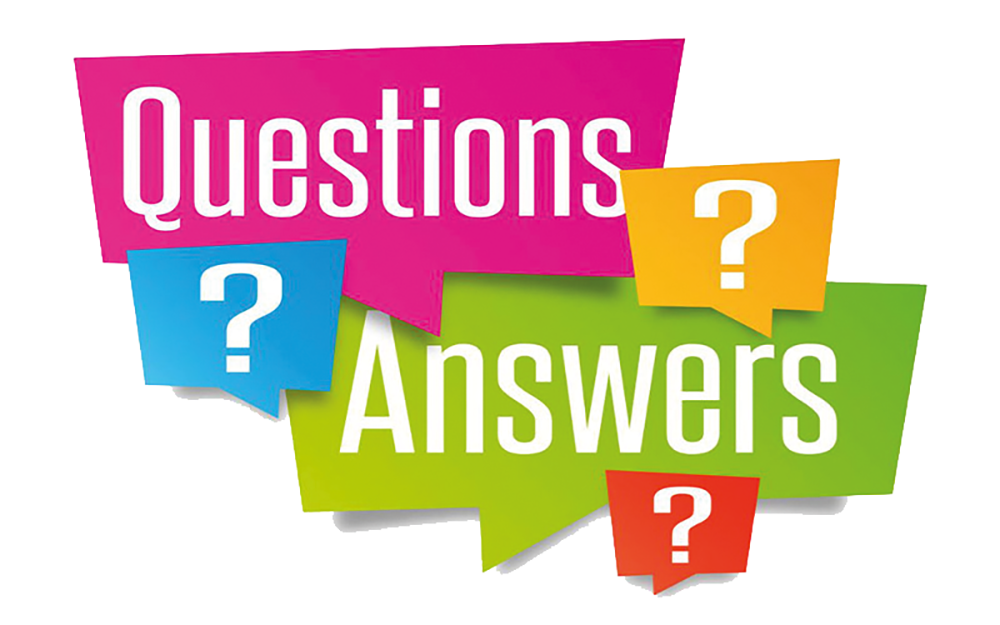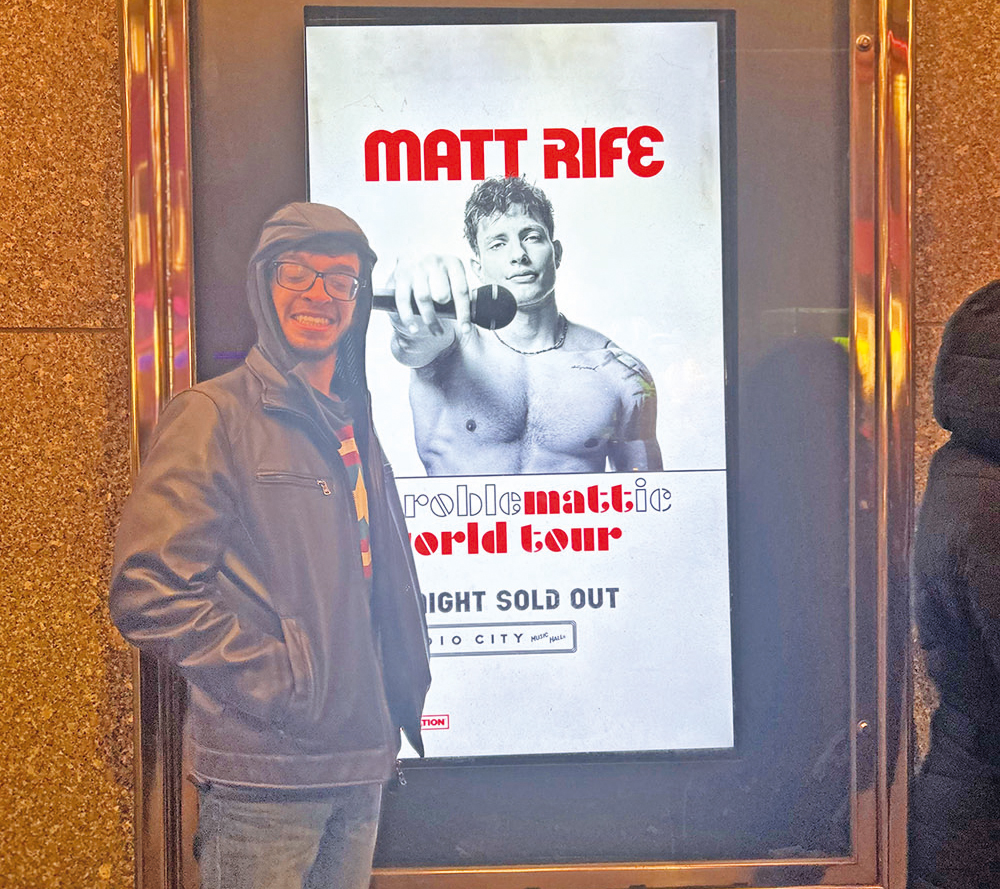Author’s note: This brief talk was presented at the Hadran Women’s Siyyum Ha-Shas in Jerusalem on January 5, 2020, 8 Tevet 5780. Standing at the podium, looking out on a sea of over 3,300 people, mostly women, celebrating Torah study together felt like walking in a dream. There was so much hope and power in that room. I recited the Hadran in tears.
In the seven and a half years since I began daf yomi, I turned fifty and celebrated both my thirtieth wedding anniversary and my thirtieth year as an educator. I lost one of my closest friends to cancer. I opened a center for Jewish education. My beloved bubbie died at 100, and I stood under the huppa with three of my children. My youngest is learning at Midreshet Lindenbaum and is sitting in this audience right now. I became a grandmother and grieved with friends who lost parents and some who, lo aleinu, lost children. As I traveled the Talmud’s 2,711 pages, my daily learning was a sacred anchor for all these significant transformations. Learning the daf enhanced my daily sense of blessing, helping me actualize my own life’s purpose in large part because there was one enduring question that kept surfacing for me in learning the daf: What is human life worth? Sometimes very complex sugyot can be reduced to a variation on this simple but profound question.
Life’s worth, for example, is at the heart of the eighth chapter of Bava Kamma, “HaHovel beHavero”:
Life’s worth, for example, is at the heart of the eighth chapter of Bava Kamma, “HaHovel beHavero”:
Mishna: One who injures another is liable to pay five types of compensation: damage, for pain, medical costs, loss of livelihood, and humiliation (Bava Kamma 83b).
While money cannot relieve great physical and emotional losses, it signifies accountability and responsibility as part of a just society. In the Hammurabi codes of the Ancient Near East such physical reciprocity was deemed legal and appropriate. Poke out my eye, and I’ll poke yours. But Bava Kamma presents one argument after another to show that “an eye for an eye” was never to be taken literally. Here’s one of my favorites:
Rabbi Dostai ben Yehuda asks if “An eye for an eye” (Leviticus 24:20) means monetary restitution or the loss of an actual eye? But what if the eye of the one who caused the injury is large and the eye of the injured party is small? You cannot literally apply the phrase “an eye for an eye.”
Your eye and my eye are not the same size. Ayin tahat ayin can never be executed literally because it cannot be executed precisely. Without the capacity to be precise, this type of violent recompense should not be used at all, echoing Gandhi: “An eye for an eye makes the whole world blind.” Perhaps the Torah used this expression because the only way one can ever know what the loss of an eye feels like is to lose one. It focuses us deeply on the worth of every human life.
This perek of Talmud has had real-world application for millennia. To cite but one example, money can never compensate for life. But sometimes it has to. Kenneth Feinberg, a well-known D.C. attorney, was appointed Special Master of the U.S. government’s September 11th Victim Compensation Fund. His was an impossible task. When people are grieving, the last thing they want to think about is putting a price tag on someone they love, whether a CEO, a firefighter, a cook, or a janitor. Feinberg called it the most harrowing experience of his professional life.
In Bava Kamma, as in the 9/11 fund, the worth of life is determined in response to violence. Surely, I thought, there must be a way to measure human life as a response to joy or virtue. I found what I was looking for in Masekhet Arakhin. In Leviticus 27:1-8 a person donates his or her worth to the Beit HaMikdash as an act of thanksgiving or joy.
“The Lord spoke to Moses, saying: Speak to the Israelite people and say to them: When anyone explicitly vows to the Lord the equivalent for a human being…”
Human worth was assessed on a recognized compensation scale and that amount was vowed as a gift to God’s house, an intimate form of tzedaka. In fact, the Ha’emek Davar, Rabbi Naftali Zvi Yehuda Berlin, writes that “It’s called a ‘pele,’ a wonder, because it’s not something that God asked of anyone.” It represents a desire to give more of ourselves than is asked. It’s hard to find a contemporary analogy to Arakhin, but it inspired me to finally give voice to something I had long wanted to do.
I come to this siyyum having checked two goals on my spiritual bucket list profoundly connected to the question of life’s worth: finally completing the daf yomi cycle and donating a kidney. I have not spoken about this publicly and not much privately either. As of this past July 15th, my left kidney is in a man in Wisconsin who, like me, has four children and two grandchildren. Reflecting on the message of Arakhin and my incredible good fortune during these years of learning, I finally decided to give thanks in a way that forced me to think about what my life was truly worth to someone else. Anyone in good health can do this, but it is a serious decision. It’s also one of the best decisions I’ve ever made. No doubt, many others in this room have been influenced by their learning in unexpected ways. The donation helped move me from the beit midrash of my mind to contemplate the real-world suffering of others and the impact one life can have upon another, even, and especially, a stranger. The transition from Bava Kamma to Arakhin helped me understand the value of a life not only when violence strikes but also as a powerful response to deep joy. By the way, you can do daf yomi and keep all your organs intact.
Daf yomi also demands self-sacrifice, sacrifice for the sake of higher growth. How blessed I am – we all are – to be making this siyyum here in Yerushalyim, celebrating not only our learning but how our learning changes us, helps us value life and lifts us up to a place of joy. This is a day that God has made, let us rejoice and be happy.
Dr. Erica Brown, a consulting editor of TRADITION, is an associate professor at the Graduate School of Education and Human Development at George Washington University and the director of its Mayberg Center for Jewish Education and Leadership. To learn more about becoming a kidney donor visit Renewal in the United States and Matnat Chaim in Israel.
This article appears courtesy of TraditionOnline.org, the website of TRADITION: A Journal of Orthodox Jewish Thought, published by the Rabbinical Council of America.
By Erica Brown/www.Traditiononline.org
(printed with permission)













